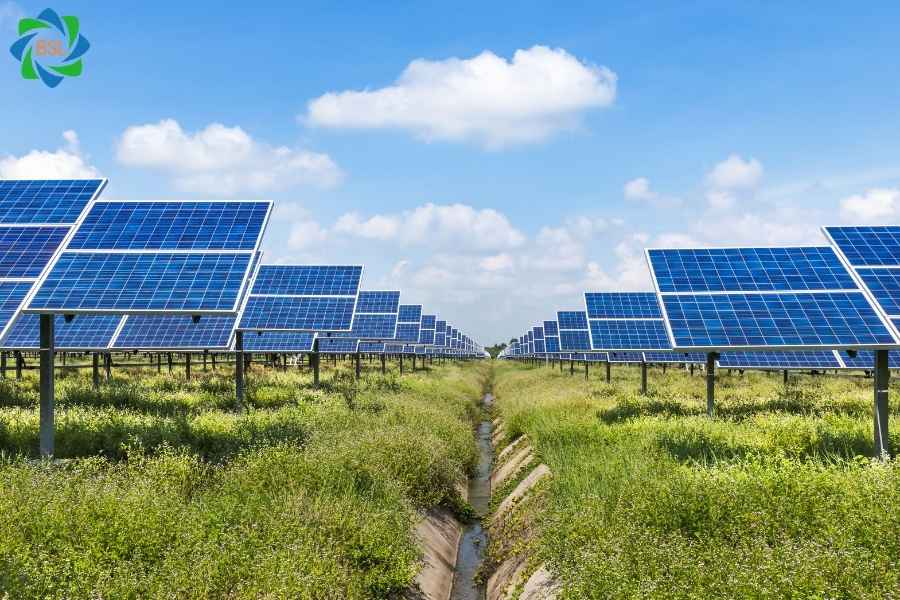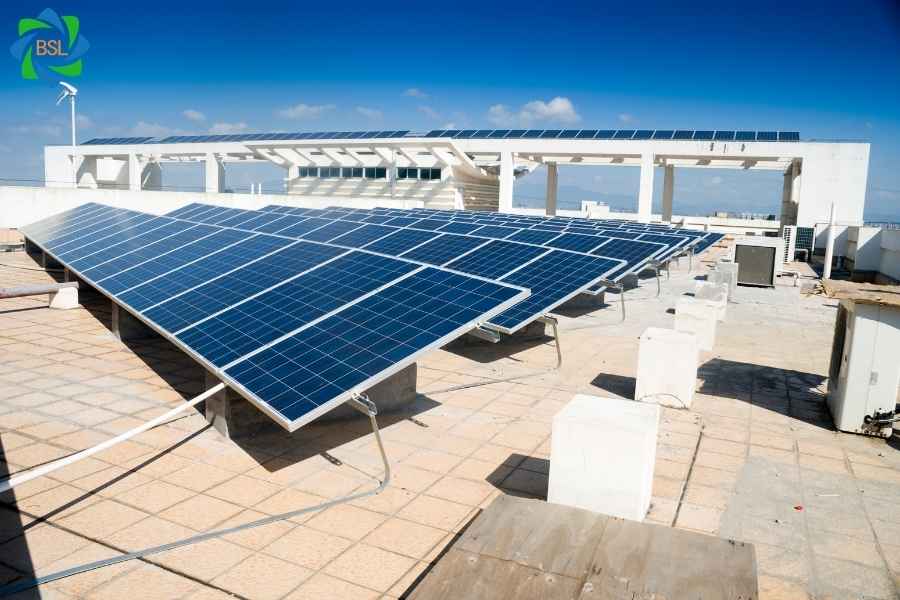1. Understanding Different Solar Mounting Systems
Carport Mounts

Carport bracket systems are specifically designed for parking spaces. Originally used to shield vehicles, solar panels are now installed to not only protect vehicles but also generate solar energy. And under the current development trend of new energy vehicles, it can also charge new energy vehicles. It can bring economic benefits and facilitate human life.
Ground Mounts

Ground brackets are more widely used than carport brackets. Ground supports are usually used in large power station systems. The owner of the land or the landowner with the right to use it builds a large photovoltaic power station on the land and sells the generated electricity to the local power company. Installing ground supports requires consideration of safety factors as well as latitude and longitude and soil inspection reports. Consider safety factors, the most important of which is to prevent the occurrence of fires. Considering the longitude and latitude, the tilt angle can be set to obtain the longest and maximum sunlight time, so as to generate the maximum power and maximize economic benefits. Considering the soil environment, different installation methods can be selected for different geological environments.
Ballasted Mounts

Ballast brackets are typically used on cement roofs. Since cement roofs have better load-bearing capacity and are not suitable for drilling, ballast brackets can be used to install solar panels. The usual method of ballast is to use cement piers. How to use cement piers requires on-site survey and pressure test of the roof for proper placement and weight.
Tracking Systems
Tracking systems are usually used on the ground and have the function of tracking the path of the sun, and are divided into manual and automatic. By tracking the path of the sun to obtain maximum sunlight, the efficiency of the solar panel is maximized and the economic benefits are maximized.
Roof Mounts
Roof brackets are the most common installation method. It can be installed on many factory roofs or residential roofs. Factory roofs are usually made of colored steel tiles, and residential roofs are usually made of glazed tiles. This kind of roof is usually installed with aluminum alloy material. The factory has installed a solar racking system and can produce its own electricity for its own use. The same house with a solar racking system installed can also produce its own electricity for its own use. It not only saves electricity bills, but also reduces carbon emissions.
2. Choosing the Right Solar Mounting Rail for Your Project with Solar Mounting Systems
Understanding Your Needs
The first step in choosing a suitable solar bracket is to look at the usage scenario. As mentioned above, it is divided into ground or roof, or carport. Ground support systems and carport support systems usually use carbon steel materials to meet corrosion resistance and high strength requirements. For roof support systems, if it is a flat roof or a cement-cast roof, a ballasted support system is usually used. For roofs with colored steel tiles or glazed tiles, aluminum alloy materials are usually used. Not only beautiful but also durable.
Evaluating System Compatibility
The next step is to conduct on-site surveys and obtain some necessary design data. For example, longitude and latitude, tilt angle, size and capacity of solar panel modules, lighting area, total site area, wind speed and snow pressure, height from the ground and other data. Based on these data and after calculation, a suitable and compatible bracket system is selected to ensure safety and install more solar panels to maximize power generation efficiency and maximize economy.
3. Best Practices for Installing Solar Panel Racks Using Solar Panel Racks
When installing solar panel racks, best practices should be followed to ensure the efficiency and longevity of the system. Start by selecting brackets that are compatible with your specific solar installation system, taking into account site type and materials. Make sure the bracket is made of durable, corrosion-resistant material that can withstand environmental conditions. Proper selection of hooks and fasteners is important to maintain stability. In addition, weight pressure distribution is required to avoid structural stress in the building. By following these guidelines, you can maximize the performance and safety of your solar installation.
4. Selecting Structural Support for Solar Panel Mounting Systems
When selecting structural supports for your solar panel mounting system, it is critical to consider a variety of installation environments, including rooftops, ground mounts, and special structures. Evaluate site conditions, such as wind loads and snow pressure, to select supports that provide stability and resilience. For ground installations, make sure the mounting system can withstand soil conditions and potential erosion. In roofing scenarios, compatibility with different materials and angles is key, while for special structures, custom solutions are required. It is also necessary to conduct a comprehensive evaluation based on component size and power. By carefully choosing the right supports, you can improve the durability and efficiency of your solar installation in different environments.
5. Comparing Various Solar Panels Mounting Systems for Efficiency
When comparing solar panel installation system efficiencies, it is important to understand the impact each system has on energy output and installation flexibility. Roof-mounted systems, such as flush mounts, are suitable for space saving and lower cost, but may restrict airflow and affect panel efficiency. Ground-mounted systems can be angled for optimal sunlight exposure and are easier to maintain, but require more space. Tracking systems can follow the sun's path and greatly increase energy output, but are more expensive to install and maintain. By analyzing these factors, you can select an installation system that provides the best balance between efficiency, cost, and site requirements.

